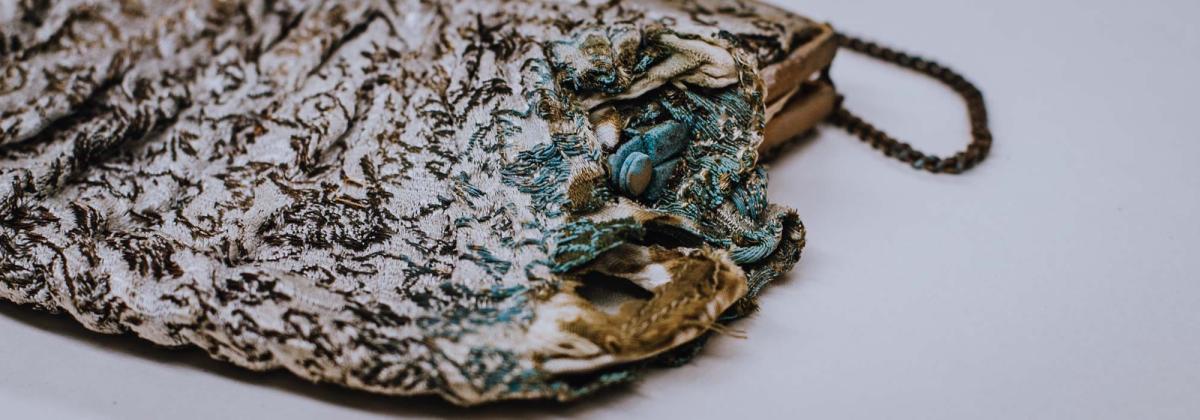
Modernization
Learn more about government’s intention to modernize the museum to protect our historic holdings and provide better access to our collections.

Kasey Lee, Former Senior Conservator
We are all increasingly aware that the Earth is suffering from deteriorating plastics in the oceans and food webs. At the same time, museums around the world are dealing with deteriorating plastics in their collections. Modern materials, especially synthetic plastics, had a significant influence on industrial, domestic and all facets of cultural life through the nineteenth, twentieth and now the twenty-first centuries. But they’re decomposing and disappearing from museum collections. And as they fall apart, they release acidic gasses and other materials that harm other artifacts. We are investigating methods of preserving what’s left and ensuring that we don’t lose this whole category of artifacts forever.
This research project is focused on identifying the two most vulnerable plastics in our modern history collection: cellulose nitrate and cellulose acetate. Artifacts made in whole or in part from these plastics will be segregated into eight different storage environments for two years to determine the best preservation conditions for these important historical objects.
Identification of cellulose nitrate and cellulose acetate plastics using materials characterization spot tests (chemicals that change colour when in contact with plastic samples) is already under way.Chemical spot testing is inexpensive, reasonably quick and minimally destructive. To date, over 1,000 plastic artifacts have been sampled, representing almost half of the plastics or suspected plastics—sometimes it’s difficult to tell what things are really made of, for example in the case of real or synthetic ivory—in the modern history collection at the Royal British Columbia Museum. Of those tested, 63 artifacts have tested positive for cellulose nitrate. Cellulose acetate spot tests have not yet been conducted, though the samples have been taken and are ready for testing. The textile collection, which includes rayon (cellulose acetate) fabrics, as well as buttons, boning and other plastic components, will be excluded from this project.. Preservation of these multi-component textiles will be a puzzle for a future researcher.
We have noted that many artifacts are already showing advanced signs of deterioration, with at least two dozen artifacts having lost most, if not all, of their historical value.
The storage environments that may help to preserve plastics include low temperatures, oxygen and acid gas “scavengers” and ventilated cabinets or open shelving in a dedicated room. Much of the Royal British Columbia Museum’s audiovisual and photographic collection is already housed in cold storage. These archival materials, however, are much easier to replicate for public access, leaving the originals in the freezer unless it is absolutely necessary to retrieve them. For historic artifacts, there is very little value in presenting a replica to the public while the original object remains in cold storage. So while low-temperature storage is the most promising solution for films and photographs, it is not the most practical for artifacts. We hope that a more accessible storage solution can be found that would offer comparable preservation. If we can remove the oxygen and acidic gasses from the storage environment, or at least exchange the air regularly, we may be able to significantly slow down the deterioration of these plastics.
The next step in this project will see Canadian Conservation Institute researchers use specialized instruments to analyze the artifacts temporarily housed in special storage environments, so that accurate comparisons can be made at the microscopic level between the condition of the artifacts before and after the storage period. Hopefully, it will become clear which storage options offer the best preservation in the most practical manner.
New and innovative preservation solutions may be possible as we plan for the future of the provincial collections.
On February 8, 2020, CHEK TV’s This Week in History featured this research project. You can view this episode at cheknews.ca/news/this-week-in-history/.
To view related collections at the Royal BC Museum, visit https://royalbcmuseum.bc.ca/collections/human-history/modern-history.